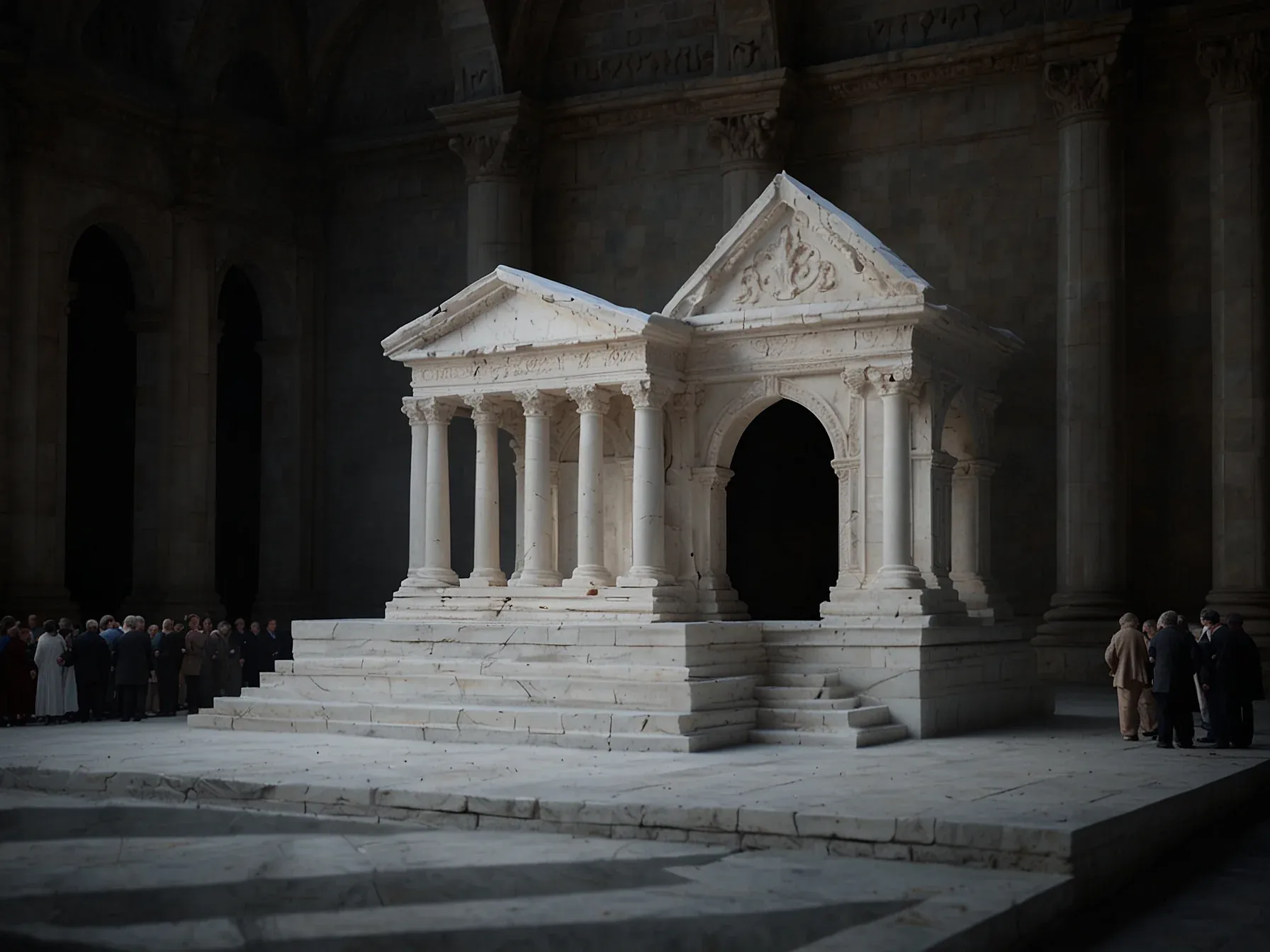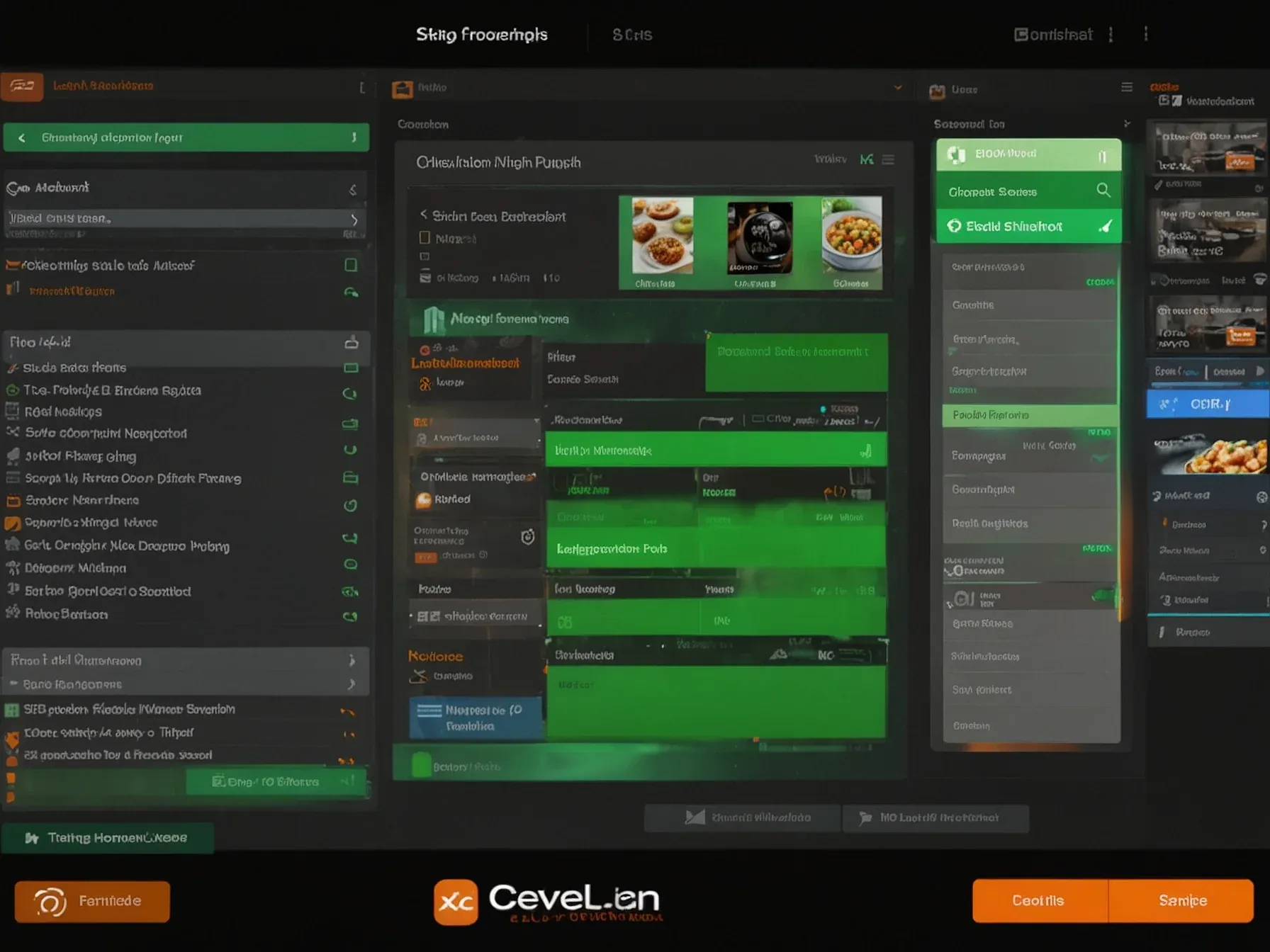
Marble AI Generates Full 3D Worlds from Text, Image or Video Prompts
Why does a tool that builds entire 3D environments from a single prompt matter? For developers, designers, and hobbyists alike, the barrier between imagination and a navigable scene has long been a stack of specialized software, costly assets, and hours of manual modeling. Marble AI promises to collapse that workflow into something as simple as typing a description, dropping a picture, or uploading a brief clip.
While the concept sounds straightforward, the underlying mechanics involve stitching together several AI models that can interpret language, visual cues, and motion, then render them into a coherent spatial layout. Here’s the thing: the project is positioned as an open‑source effort, which means the codebase is publicly available for inspection, modification, and community contribution. That openness could accelerate experimentation and integration into existing pipelines.
The claim that follows explains exactly how Marble treats user input the same way a familiar chatbot would—turning a few words or frames into a fully realized 3D world.
At its core, Marble 3D worlds model is just like any other AI chatbot (ChatGPT, Gemini, etc.) you may have used. It takes simple human input in the form of text, image, or even a short video, and transforms it into a fully realised 3D world. The process combines multiple AI systems that understand visual cues, geometry, and spatial depth, effectively converting imagination into immersive digital space.
You can begin with a single text prompt, such as "a quiet medieval marketplace at dusk," or upload a reference image to guide the model. In seconds, Marble interprets the scene, placing objects, lighting, and textures where they belong, all consistent with real-world physics and perspective. For users seeking more control, Marble supports multi-image input, allowing several angles or concepts to be stitched together into one continuous world.
Can a single prompt really spawn an entire 3D universe? Marble claims it can. The World Labs model accepts text, images or brief videos and outputs a fully realised 3D environment, echoing the interaction style of familiar chatbots such as ChatGPT or Gemini.
Its architecture reportedly stitches together several AI subsystems that interpret visual and linguistic cues, then assembles geometry, textures and lighting. The result looks impressive at first glance, and the buzz online suggests many users are eager to experiment. Yet the brief description leaves key questions unanswered.
How detailed are the generated worlds? What limits exist on scale, interactivity or export formats? Moreover, the claim that the tool works “like magic” offers little insight into performance constraints or potential biases inherited from its training data.
Until independent evaluations surface, it remains unclear whether Marble will integrate smoothly into existing pipelines or stay a novelty for hobbyists. For now, the technology demonstrates a notable step toward more accessible 3D content creation, but it's still uncertain.
Further Reading
- Marble AI: A Deep Dive into the Next Frontier of 3D World Generation - TechCrunch / World Labs
- Fei-Fei Li's World Labs speeds up the world model race with Marble, its first commercial product - TechCrunch
- What to know about World Labs Marble and where it fits in the AI landscape - TechTalks
- AI Can Now Build AND Explore 3D Worlds (World Labs + Google DeepMind) - Bilawal Sidhu (YouTube)
- Marble: A Multimodal World Model - World Labs
Common Questions Answered
How does Marble AI convert a text prompt into a fully realised 3D world?
Marble AI feeds the prompt into a suite of AI subsystems that interpret linguistic cues, infer spatial depth, and generate geometry, textures, and lighting. These components stitch together the visual elements into a navigable 3D environment, similar to how chatbots produce coherent responses.
What types of input can the World Labs model accept for generating 3D environments?
The World Labs model supports three input modalities: plain text descriptions, static images, and brief video clips. Each format is processed by specialized visual‑language models that translate the content into a complete 3D scene.
In what way does Marble AI’s workflow differ from traditional 3D modeling pipelines?
Traditional pipelines require multiple specialized tools, expensive asset libraries, and hours of manual modeling, whereas Marble AI collapses the entire process into a single prompt. Users can go from imagination to a navigable scene with just typing, uploading a picture, or providing a short video.
Which existing AI chatbots does Marble AI’s interaction style resemble, and why is that significant?
Marble AI’s interface mirrors familiar chatbots such as ChatGPT and Gemini, allowing users to converse with the system in natural language. This similarity lowers the learning curve and makes 3D world creation as intuitive as asking a question to a text‑based AI.




